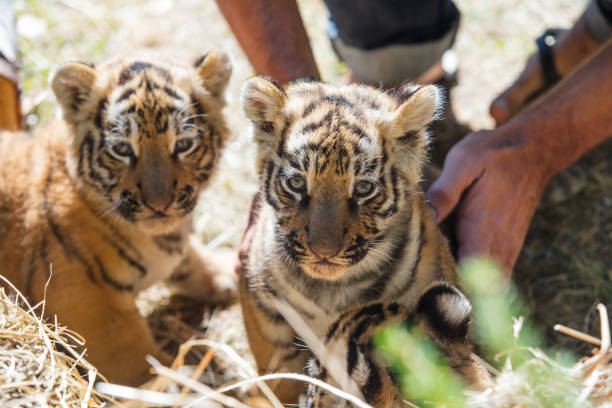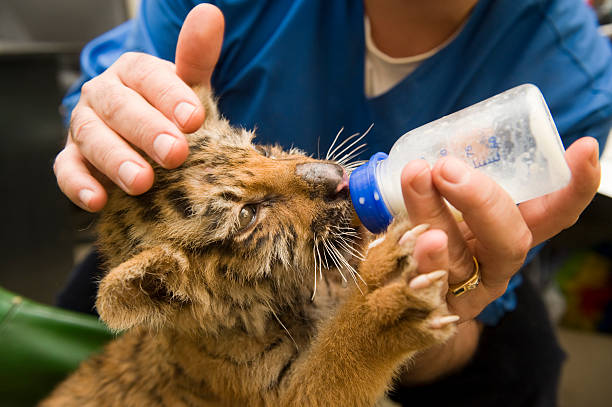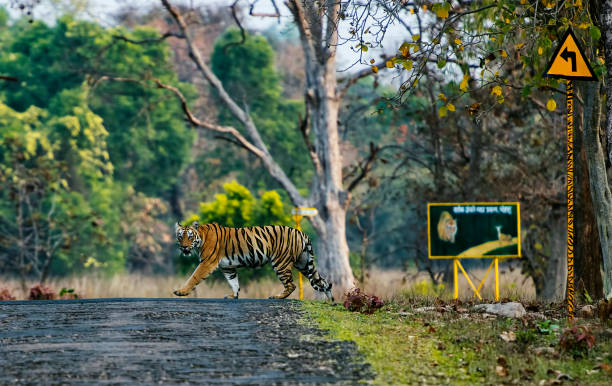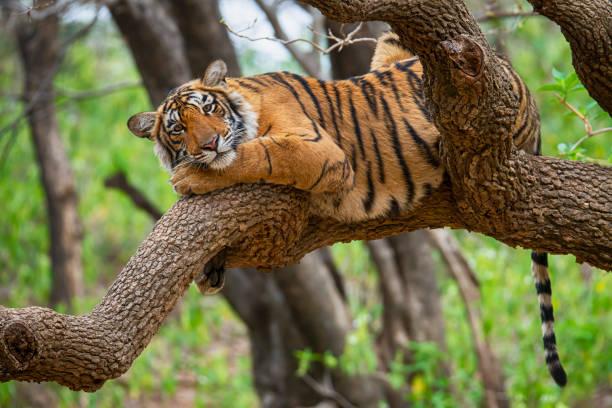People have been fascinated by tigers for a very long time because they are magnificent, strong, powerful, and beautiful. Still, they are fighting a battle for their lives in the contemporary world. Poaching, habitat loss, and human disputes pose a threat to their survival. This article shares inspiring success stories along with illuminating the difficult obstacles facing tiger conservation. Let's come together in support of these amazing animals and create a better future for them.

Challenges Faced by Tiger Conservation:
Habitat Loss and Fragmentation:
Formerly, tigers could roam freely over verdant forests, but these days, their very survival is under danger. They are vulnerable because of the speed at which urbanisation, deforestation, and large-scale agricultural activities are consuming their habitats. Their houses' fragmentation obstructs their natural migration patterns, isolating them and lowering their chances of surviving. Your assistance is essential to preventing the extinction of these magnificent animals. Come together with us to protect their diminishing habitats.
Poaching and Illegal Wildlife Trade:
The desperate need for tigers' components in traditional Chinese medicine and the exotic pet trade drive the terrifying threat of poaching, which has a negative impact on the situation of these animals. Poachers continue their brutal pursuit, depriving these magnificent creatures of their skins, bones, and essence and driving them ever closer to the brink of extinction in spite of ceaseless conservation efforts and stringent legislation. Together, let's put an end to this terrible exploitation.

Human-Wildlife Conflict:
Tensions increase as human civilization intrudes into the domains of beautiful tigers. Wild animals frequently clash with nearby communities when they search for cattle to eat, leading to reprisals. Not only does the expansion into tiger territory lead to ecological degradation, it also intensifies confrontation between humans and these amazing animals. Together, let's find a peaceful way to coexist and protect animals as well as livelihoods.
Lack of Political Will and Funding:
More than just well-intentioned efforts are needed to address the problem of tiger conservation; strong political will and adequate funding are also necessary. However, many countries struggling with corruption and governance problems find it impossible to put conservation first in the face of conflicting demands. The problem is made worse by a lack of funding, which makes it difficult to adopt comprehensive conservation plans. Let's fight to give these magnificent animals top priority and make sure they get the critical protection they require.

Success Stories in Tiger Conservation:
Bhadra Tiger Reserve, India:
The Karnataka, India-based Bhadra Tiger Reserve is a shining example of effective tiger conservation. Bhadra has had a consistent rise in tiger populations thanks to ecotourism programmes, community engagement, anti-poaching measures, and successful habitat protection. This success story can be attributed to the strict implementation of the legislation and the removal of communities from areas that are vital to the tiger population.
The Amur Tiger, Russia:
The Amur tiger, which is closely associated with the Siberian wildness, was facing declining habitats and needless killing during the instability of the 1940s. Nonetheless, NGOs, the Russian government, and local heroes came together in the valleys to work towards a common goal, creating a symphony of compassion. By means of community-led programmes, habitat restoration, and unrelenting watchfulness, they have created a safety net and embraced this magnificent subspecies as a whole.

Tiger Reintroduction in Sariska Tiger Reserve, India:
There are now much fewer tigers in Rajasthan, India's Sariska Tiger Reserve as a result of widespread poaching and habitat degradation. In 2008, Sariska successfully reclaimed tigers from neighbouring reserves as part of a historic conservation initiative. Despite initial challenges, the reintroduced tigers successfully established breeding populations, suggesting a promising recovery of tiger numbers in the reserve.
Global Collaboration and Awareness:
The World Wildlife Fund (WWF) and the Global Tiger Forum are two crucial international organisations that coordinate global tiger conservation projects and raise public awareness of the plight of tigers. The goal of tiger protection has brought together governments, environmentalists, and local populations through collaborative efforts such as the Global Tiger Initiative.

Aspiring to quadruple the number of wild tigers by 2022 are the Global Tiger Initiative and Global Tiger Recovery Program of the World Bank. The protection of tigers is a complex undertaking requiring concerted efforts from local populations, governments, non-governmental organisations (NGOs), and the international community. Success examples from many tiger-range countries offer important lessons and inspiration for successful conservation programs, even in the face of significant challenges.
We can keep tigers in our woods by tackling issues like habitat degradation, poaching, and human-wildlife conflicts, as well as encouraging political commitment and collaboration. These projects advocate for strong anti-poaching laws, find solutions to human-wildlife conflicts, and safeguard these magnificent animals' natural habitats to ensure their survival.











